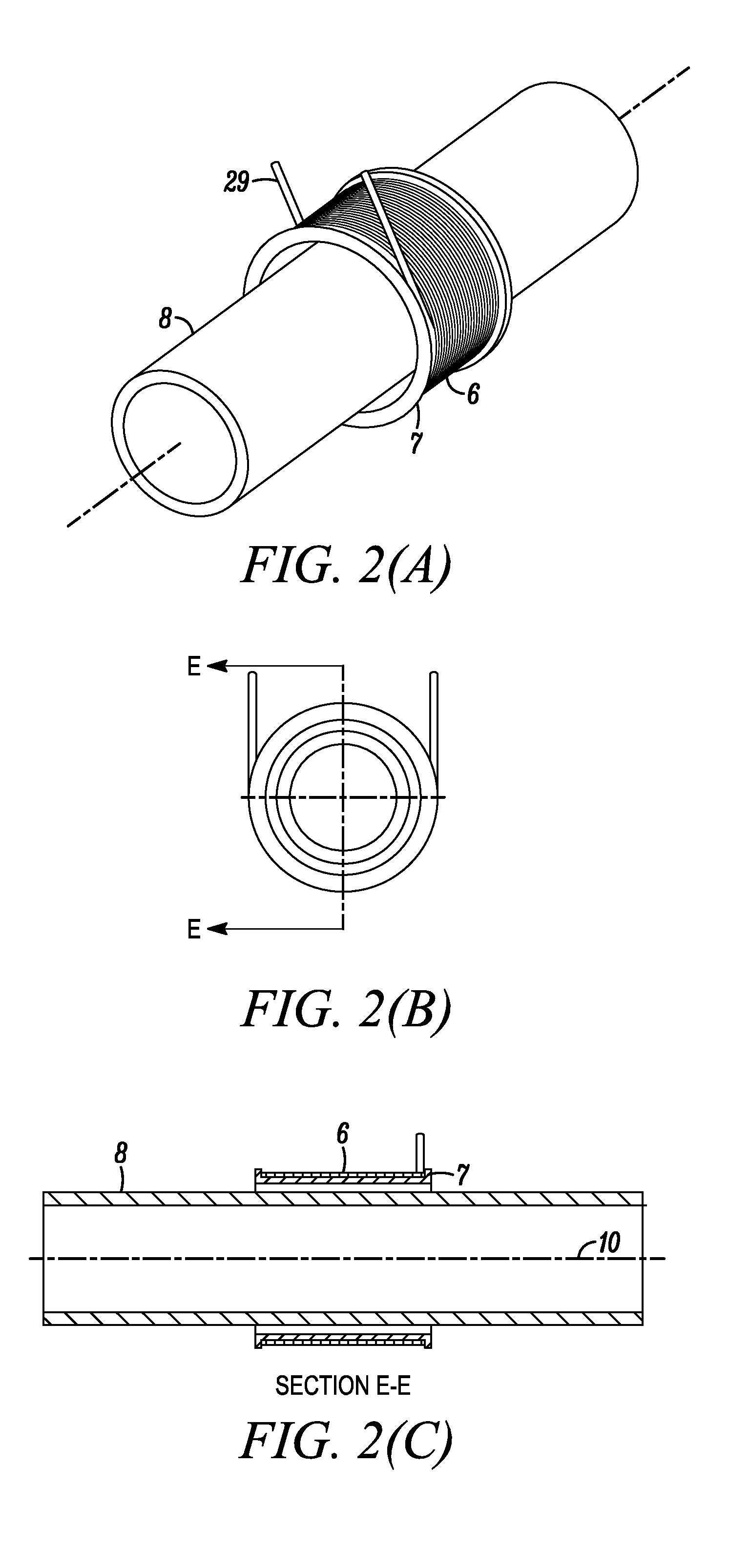Devices and methods for detecting rates of change of torque
a technology of torque and rate, applied in the field of sensors, can solve the problems of limited frequency response of the base torque signal, limited amplitude of variational torque measurable in the torque signal, and fundamentally limit the quality and frequency response of the signal in at least two ways
- Summary
- Abstract
- Description
- Claims
- Application Information
AI Technical Summary
Benefits of technology
Problems solved by technology
Method used
Image
Examples
Embodiment Construction
A. Introduction
[0061]The invention is based on the discovery that rate of change of torque data can be obtained by monitoring changes in one or more magnetic parameters, which data can then be used for a variety of purposes. While not wishing to be bound by any particular theory, the ROC sensors of the invention are believed to have a magnetoelastic operational basis analogous to that reported for polarized band-type torque sensors. While the physical source of the signal is believed to be the same (i.e., the tilting of a circumferential magnetization towards a helical orientation in response to the stress anisotropy arising with the transmission of torque), ROC sensors respond to the time rate of change of magnetic flux associated with the varying torque, rather than the intensity of the magnetic field which arises in the encircling space. Referring first to FIG. 1, an applied rate of change of torque results, through a circularly magnetized magnetoelastic member carrying or subjec...
PUM
| Property | Measurement | Unit |
|---|---|---|
| frequency response | aaaaa | aaaaa |
| frequency | aaaaa | aaaaa |
| frequency | aaaaa | aaaaa |
Abstract
Description
Claims
Application Information
 Login to View More
Login to View More - R&D
- Intellectual Property
- Life Sciences
- Materials
- Tech Scout
- Unparalleled Data Quality
- Higher Quality Content
- 60% Fewer Hallucinations
Browse by: Latest US Patents, China's latest patents, Technical Efficacy Thesaurus, Application Domain, Technology Topic, Popular Technical Reports.
© 2025 PatSnap. All rights reserved.Legal|Privacy policy|Modern Slavery Act Transparency Statement|Sitemap|About US| Contact US: help@patsnap.com



